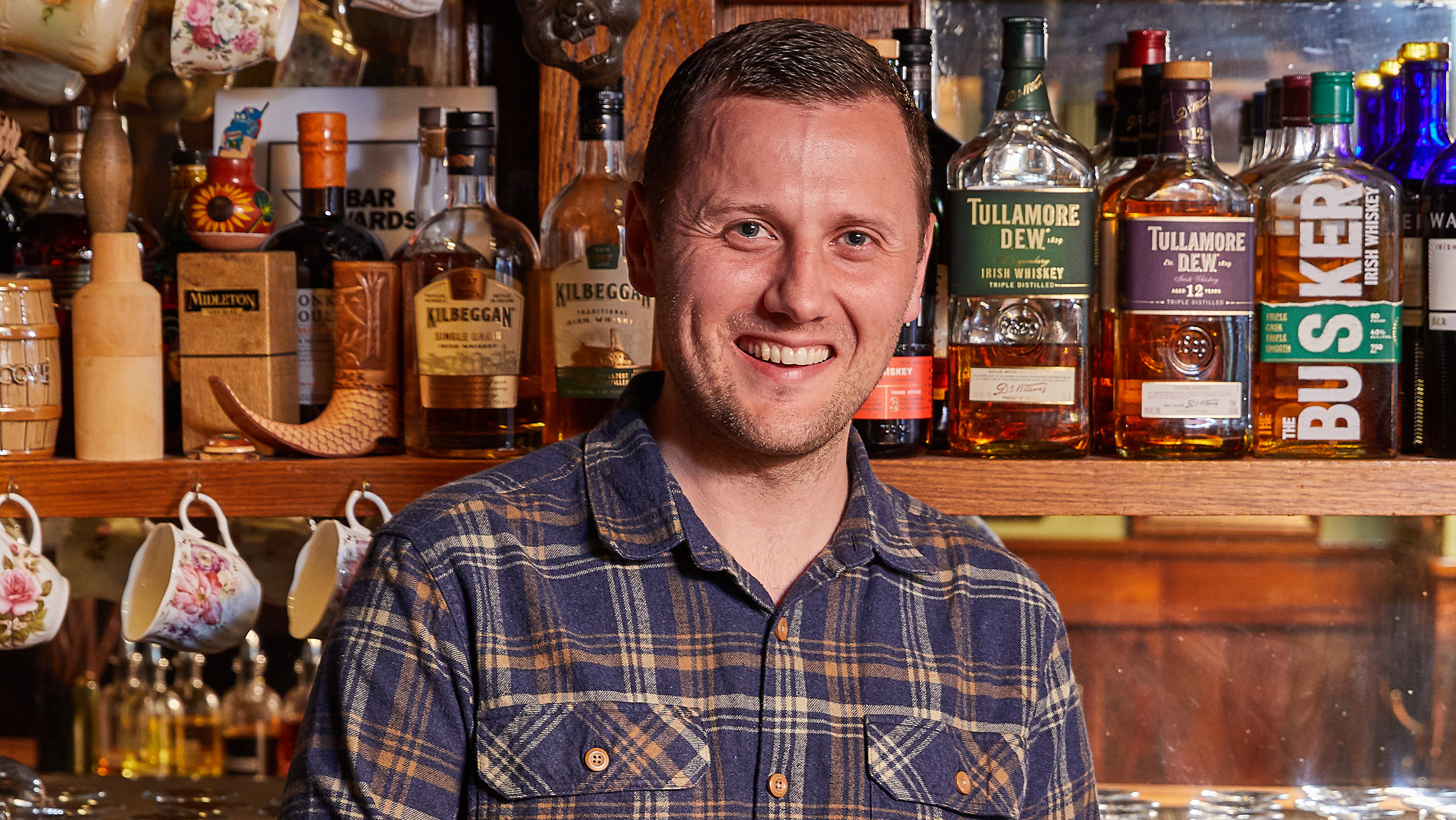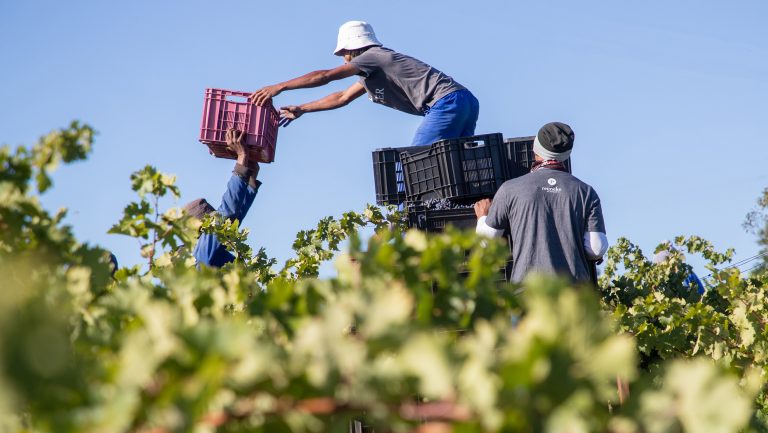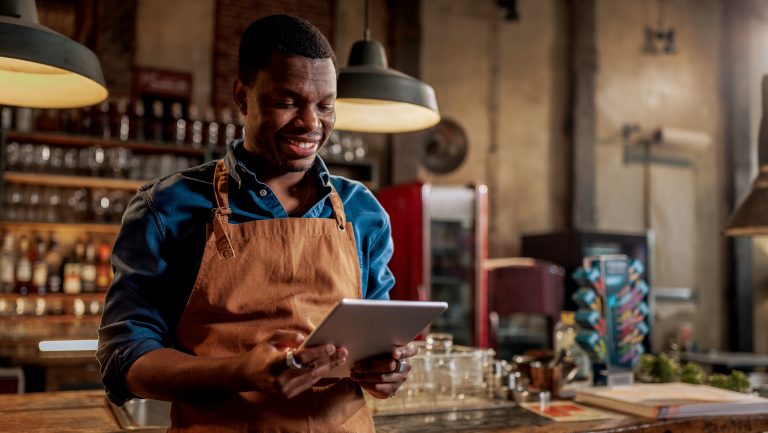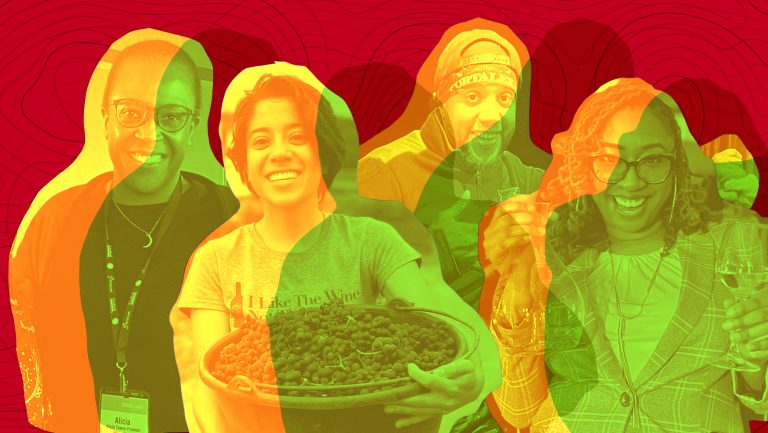Laura Green, the founder of Healthy Pour, a consultancy that builds systems to support the well-being of beverage industry professionals, tends to get the call from an organization after they’ve lost someone to a substance-related death. While it is necessary and helpful to those processing the loss, by that point, her job is reactionary, she says, not preventative.
“I had already been doing this work, but when Anthony Bourdain died people started paying attention. And it’s the same with the pandemic,” says Green. “In my most cynical moments, I’m like, ‘What person has to die in order for us to make the proper changes that we need to make?’”
While Bourdain wasn’t intoxicated when he died in 2018 by suicide, he was candid about suffering from drug addiction and its prevalence in the hospitality industry. In a 2022 study into alcohol and drug use among bartenders as an at-risk community, 39 percent of participants were classed as having harmful alcohol consumption habits and 21.8 percent of participants were classed as intermediate risk for drug use problems. The changes Green references are the need for workplaces that foster well-being, improve mental health, and create a sense of “psychological safety”—rather than allow for the high pressure and often precarious nature of bar work, amongst other factors, to contribute to the potential for substance abuse.

Don’t miss the latest drinks industry news and insights. Sign up for our award-winning newsletters and get insider intel, resources, and trends delivered to your inbox every week.
While the beverage industry has made strides forward in addressing the legacy of addiction with the formation and growth of organizations like Healthy Pour, Ben’s Friends, and A Balanced Glass, as well as through a more open dialogue amongst the community, with seminars and discussions at industry events, there’s still much that needs to be done to implement this new degree of awareness and systems of support into actual on-premise business models.
Creating a Safe Workspace
Creating a safe work environment means placing clear boundaries on what alcohol consumption looks like when you clock in. Ideas on what those boundaries should be, even among the people who are leading the charge on alcohol and substance safety within the industry, can vary.
For Jack McGarry, the managing director of the Dead Rabbit, it’s paramount for bar leadership to consider the culture they’re creating in their bar. “I would encourage young and aspiring leaders [in the bar industry] to approach matters of mental health and substance abuse with an upstream, cause-focused approach. What is creating the issues that are in play?” he says. “Are you turning up and drinking a lot as a leader? Are you creating an environment where that’s okay?”
Workplace alcohol availability is the highest predictor of alcohol problems for employees, and studies cite the prevalence of managers providing alcohol to staff, using alcohol as a reward, or offering leftover open bottles of alcohol to employees as exacerbating the problem.
“We don’t allow any sort of drinking on-site,” says Gregory Gourdet, the chef and founder of Kann and Sousòl, both in Portland, Oregon. “Outside of tastings for education, we don’t have shift drinks or celebrate achievements with alcohol. If we feel someone on staff might be under the influence we address it immediately. There is a zero-tolerance policy and this is for everyone’s safety.”
Gourdet shares his personal experiences with substance abuse within the industry. “I can timestamp the first time I was late for work because I was hungover and overslept. That was the start of a seven-year addiction to drugs and alcohol that took me through three states, seven jobs, two arrests, and a potentially fatal car accident.” Now sober, he is available for his team should they need help and is ready to direct them to resources.

Other bar professionals take a more flexible approach to the question of shift drinks and sober workplaces, like Sherri Jenkins, a licensed professional clinical counselor, service industry wellness educator, and bartender. “There should be encouragement and respect for people to carry out responsible and healthy practices as it pertains to their overall well-being,” says Jenkins. “That looks different for each individual. To only create sober workspaces would be treating the symptoms and not the underlying issues.” She emphasizes the need for education and training to address the habits and existing risk factors that are often systemic in the industry. “We need to break the habit of responding to crises and become more proactive about holistic well-being and welfare.”
Providing Mental Health and Wellness Benefits
Bartenders are often the recipient of a patron’s emotional download but, simultaneously, don’t have the resources to manage their own mental health. With 66 percent of hospitality and leisure workers in 2023 having no access to any kind of healthcare, according to the U.S. Bureau of Labor and Statistics, there is a wide gap to bridge when it comes to making the bar an emotionally and mentally safe space for employees overall.
“Psychoeducational and development trainings that exist within the infrastructure of the workplace scream out to me,” says Jenkins, when asked which mental health services should be available to bar employees. “Typically there is a lack of prioritizing mental health in workspaces due to lack of mental health awareness and the lack of policy and procedure related to employee welfare. The deficiency of these things has resulted in a battered workforce and individuals not having the tools or resources to handle conflict or aid in the well-being of the individuals or organizational culture.”
For Green, providing mental health benefits, a clearly communicated career path, and coaching in the workplace is the best intervention to prevent problems, like addiction, before they start. “Offering things like therapy, it’s very tertiary, it’s very recovery,” Green says. “But when we’re looking at a more systemic issue around hospitality—like interviewing procedures, career development processes, scheduling, and interacting with your staff like they’re human beings—it needs to be the organization doing things.” Everything from managing the expectations of new employees to giving staff a voice in decision-making can be preventative, she says.
The Dead Rabbit has a check-in process for their employees biannually where staff share their experiences, concerns, and feelings about their time on the job so far. “We have a formalized structure where we sit with each team member and we go through how they’re feeling, what we [their superiors] can do better, lay out a development plan and goals for them, and then we assess that every six months,” says McGarry. “We’ve also brought in a human resource consultant to formalize reporting systems and team member handbooks. I want to make sure that the third place we try to make for our customers is the same safe space for our team members.”
These check-ins are also spaces where employees can talk about any struggle with substances. “People can get very candid and emotional during our check-ins,” says McGarry. “We can’t fix what we don’t know about and we can’t guide someone to necessary resources if they don’t fully level with us. Those rooms and those check-ins are sacred ground for us.”
Lynnette Marrero, the head of education at Bar Convent Brooklyn, an annual event with programming including conversations around mental health, sexual violence, and addiction in the bar industry, cites the work of Meaghan Dorman, the bar director for Dear Irving on Hudson in New York City, as providing a blueprint for employee safety. “I think what Meaghan does at her venues is really valuable and I have seen the results in consistency in staffing and a staff that seems present and not worn out,” says Marrero. “[Providing stability for all employees] is the backbone of how they support mental health. For example, they provide schedules at least two weeks ahead of time, communicate about special events, have organized menu rollouts, and 30/60/90 day check-ins for new employees.”
Dorman makes intentional choices to operate from a place of order, not chaos, which helps to build her team’s morale. Because Dear Irving as a company has resources ready, vetted by its HR, for when employees or their families experience a crisis and need more support than management is qualified to give, her employees are more inclined to ask for help instead of isolating, becoming depressed or angry, or self-medicating. There is a strong correlation between good management practices and positive mental health; managers impact employees’ mental health 69 percent more than doctors (51 percent) or therapists (41 percent), and two-thirds of respondents in the same survey said they would take a pay cut for a job that better supports their mental wellness.

Building Supportive Communities
In an industry where the line between friend, coworker, and occasional binge-drinking buddy can be blurred, Green says this lack of clarity can create mistrust or promulgate dangerous behaviors. “The bar industry has an intimacy problem,” she says. “We’re really good at environmental intimacy, but that emotional intimacy where we feel seen and known and loved for who we are—that’s a bit harder to find in this industry space.”
True community and a sense of belonging improves one’s mental health multitudinously, according to a study. But how do bar workers build a healthy community around the bar that isn’t focused on drinking? The Multnomah Whiskey Library (MWL) in Portland, Oregon, organizes team volunteer trips with its nonprofit partners. It has a corporate membership plan that facilitates free passes for staff to spend a morning leisurely strolling the Portland Japanese Garden, or the occasional ticket to an opening night performance at Portland Center Stage. The membership includes a year-round two-for-one discount for all MWL team members so they can bring a buddy.
At Sousòl, instead of staff nights out, Gourdet and his team organize group bonding activities like snowboarding or private tours of an art museum. At Comedor, a Mexican restaurant in downtown Austin, Texas, chef and owner Philip Speer founded the Comedor Run Club. With the goal to “shift the post-shift culture,” according to its website, the club meets tri-weekly to provide healthy opportunities for community building and fun that doesn’t revolve around drinking. Both Gourdet and Speer are also community leaders at Ben’s Friends, a support group for members of the food and beverage industry struggling with substance abuse or addiction, working alongside the cofounder and executive director Mickey Bakst to support Portland locals through their sobriety journey.
“We [at Ben’s Friends] treat alcoholism and drug addiction with community,” says Bakst. “Addiction is about isolation. I believe the most important word in the human language is ‘we’ because, on my own, I was never able to quit.” Along with hosting seminars and talkbacks at industry events and for companies, they also hold free daily Zoom meetings in 23 cities around the U.S., led by trusted industry leaders who partner with the organization.
Green emphasizes that preventative work in the bar space doesn’t have to be therapy or recovery interventions. “It’s a lot simpler than we make it,” she says. “I think sometimes people focus too much on these paid benefits that cost money when we just need to facilitate connection. That doesn’t cost anything.”

Dispatch
Sign up for our award-winning newsletter
Don’t miss the latest drinks industry news and insights—delivered to your inbox every week.
Shayna Conde is a food, beverage, and travel writer who highlights marginalized voices and explores sustainability and accessibility within the hospitality industry. When she’s not writing, she’s probably rewatching Avatar: The Last Airbender (the original series only). For more of her work, check out her website here.






